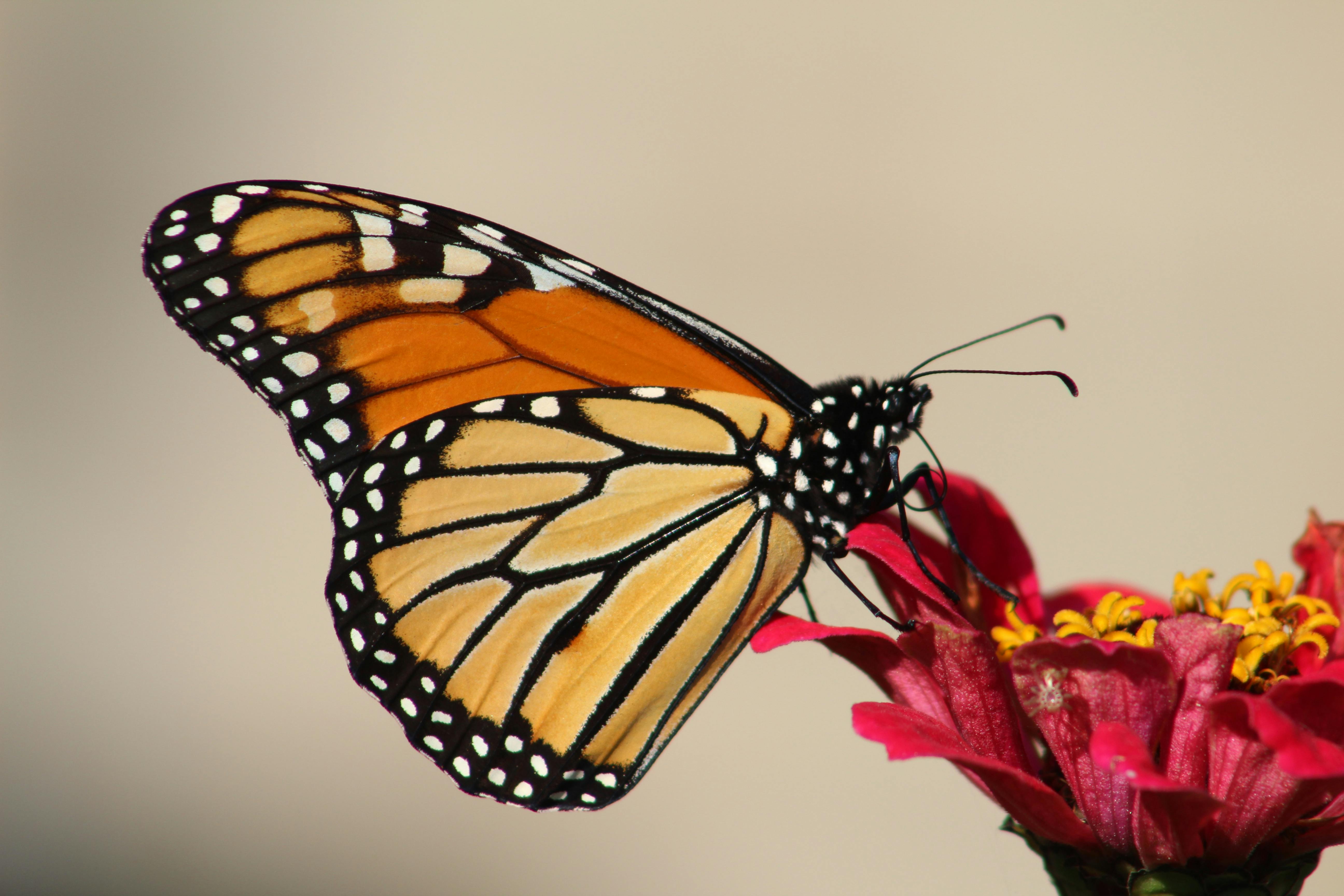The Unsung Heroes: The Remarkable Abilities of the Monarch Butterfly
With a lifespan that only spans a few weeks for most, the Monarch butterfly, often overlooked in the grand scheme of the animal kingdom, is undeniably a creature of remarkable abilities. Known for its distinctive orange, black, and white wings, this species exhibits incredible feats of endurance and navigation, making it one of nature's most extraordinary migrators.

The Monarch Butterfly: An Overview
The Monarch butterfly, or Danaus plexippus, is a milkweed butterfly in the family Nymphalidae. It is perhaps best known for its mass migration that occurs each fall and spring where millions of butterflies journey thousands of miles from the United States and Canada to overwintering sites in Mexico. These migrations are not only a spectacular sight but also a testament to the Monarch’s incredible endurance and navigational skills.
In terms of their life cycle, Monarchs undergo a four-stage process: egg, larva (caterpillar), pupa (chrysalis), and adult. This process, known as complete metamorphosis, is a remarkable transformation that highlights the Monarch’s adaptability and resilience.
Current Studies: The Monarch’s Magnetic Compass
Recent studies have focused on understanding how Monarchs navigate during their migrations. Researchers have discovered that these butterflies possess a unique ‘magnetic compass’ that helps them orient themselves and maintain their southward direction. This internal compass, in conjunction with the butterfly’s innate use of the sun’s position, allows them to navigate with remarkable accuracy.
Monarch Butterflies and Conservation Efforts
Despite their extraordinary abilities, Monarch butterflies face several threats. Habitat loss, especially of their breeding grounds in North America and their overwintering sites in Mexico, along with climate change and pesticides, has led to a dramatic decline in their populations. Conservation efforts are now more critical than ever.
Organizations and individuals across North America are working to protect and conserve these butterflies. From planting milkweed, the primary food source for Monarch caterpillars, to advocating for policies that protect their habitats, these efforts aim to ensure the survival of this remarkable creature for generations to come.
The Monarch Butterfly: A Symbol of Resilience and Hope
Beyond their physical abilities and beauty, Monarch butterflies have become a symbol of resilience and hope. They remind us of the importance of adaptation, endurance, and navigation in the face of life’s challenges. Their incredible journey, one that takes them across thousands of miles with only their instincts and internal compass to guide them, is a testament to nature’s wonder.
It’s difficult to put a price tag on the impact of the Monarch butterfly, but its ecological role as a pollinator and as a part of the food chain, along with its cultural and symbolic significance, makes it invaluable. As we continue to learn about this remarkable creature, we gain not only knowledge but also a greater appreciation for the intricacies and wonders of the natural world.




